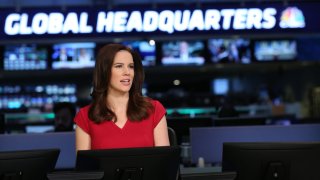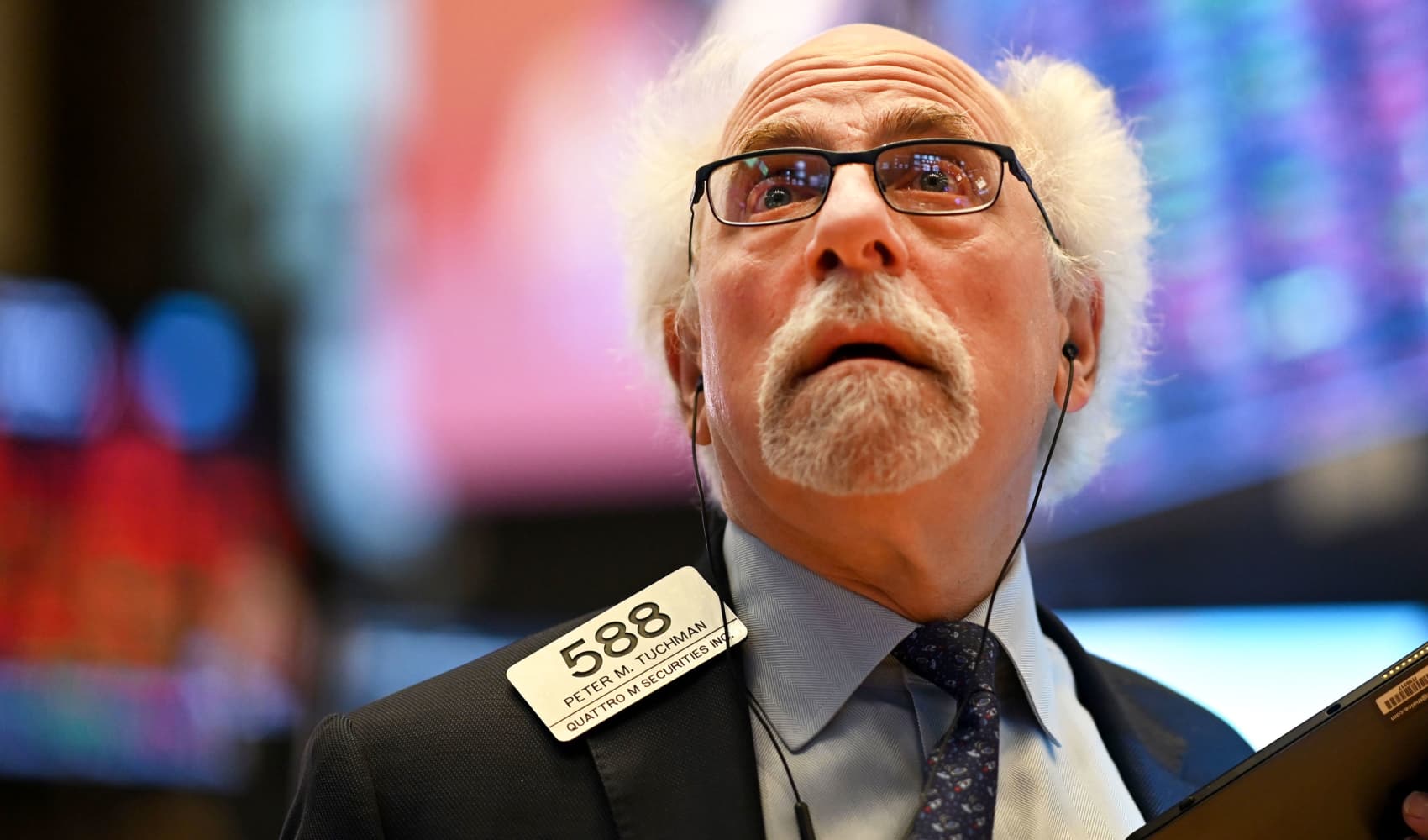
I don't mean, "Can the Fed afford the risk of rate hikes that might slow the economy." I mean literally, can the Fed afford to raise interest rates. It's a topic you're starting to hear more about lately. And it's because the Fed's own exposure to interest rates has changed dramatically.
Just this morning, Jefferies issued its 2022 macro outlook. The firm's chief economist, Aneta Markowska, has been warning for months the Fed is behind the curve. She now thinks they will announce a faster taper next month that will end by March, followed by rate hikes in September and December.
We all think about rate hikes as raising costs for households and businesses that borrow money, which they do. But now, the Fed itself is a major borrower! This shift goes back to the financial crisis. In 2008, for the first time, the Fed was allowed to pay interest on other banks' deposits. The point was to incentivize banks to return liquidity to the central bank "in order to avoid excessive money growth solely as a result of the temporary injection...during the financial crisis," according to the St. Louis Fed.
As you can imagine, this has ballooned to epic proportions post-pandemic. "Reserves of depository institutions" have soared to $4.2 trillion as of September. The Fed pays 0.15%, which not only helps attract deposits but also helps keep the Fed's target fed funds rate where the Fed wants it to be (currently between 0% and 0.25%). In other words, if the Fed wanted to jack up rates to 5% right now to fight inflation, it would presumably have to raise the rate it's paying on those trillions of reserves by roughly the same amount, which could cost it $210 billion.
Get South Florida local news, weather forecasts and entertainment stories to your inbox. Sign up for NBC South Florida newsletters.
The only small problem with this is that the Fed doesn't have that much money sitting around. Its net income last year was only around $90 billion (specifically, $88 billion), as Christopher Russo of the Mercatus Center points out. Long story short, any funds the Fed needs from here on out (beyond what it's earning) have to ultimately come from taxpayers. It means that higher rates not only increase the amount of interest each year the U.S. has to pay on our debt--which can squeeze out other spending--but may also have to fund the Fed.
Now, you could argue the Fed won't have to raise rates enough to put it in the red, etc. But conceptually, there's been a big shift. Former IMF official Peter Stella notes that the Fed is also paying out 0.05% on its daily reverse repo operations with banks, which have also swelled to roughly $1.5 trillion in size. It pays that rate for the same reason as its does on deposits--to attract funds and keep the target rate where it wants it. So if it wants to raise rates, the daily rate has to go up, too.
All in all, the Fed has gone from being a slight net lender to the U.S. financial system in 2007, to a net borrower of almost $6 trillion, Stella notes. That's roughly 25% of GDP! And it means the Fed itself has probably the single biggest exposure of any global financial player to the impact of rate hikes.
Money Report
Stella would like to see the Fed stop paying interest on reserves and basically have the Treasury pay it instead the usual way, by issuing securities that banks can hold on their balance sheet. Plus, he argues, it's more cost-efficient; the Treasury can issue short-term bills at a lower rate than what the Fed is paying out. "This blurring of boundaries...[is] a real dilemma going forward," he says.
And it's a good reminder that hiking rates is a big headache for the Fed right now. They may not be nearly as agile as most people assume.
See you at 1 p.m!
Kelly






